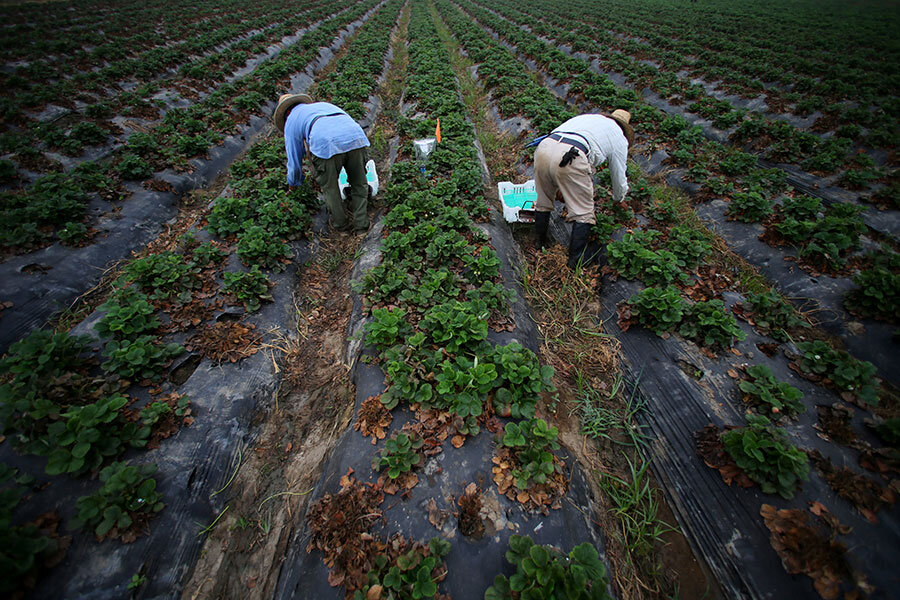How organic farming is helping black farmers come back to the land
Loading...
Working the land holds contentious meaning for black farmers in the United States, particularly in the South, where their ancestors were once forced to harvest vast stretches of farmland as slaves before receiving the right to own land for themselves.
For the past century, black farms all over the U.S. have been disappearing due to the great migration from the rural South to northern cities, racist lending policies, and a lack of education about legal processes to pass down land have suppressed black-owned farms.
Today, black-owned farmland is experiencing a resurgence. Organic and sustainable farming are methods driving that change, but persistent obstacles remain a burden to those trying to break into new markets.
A U.S. Department of Agriculture report on black farming found that racism in the last 150 years severely hindered blacks from acquiring and maintaining land. “For many white farmers, independent farming has been an economically challenging vocation, but unlike black farmers, they have not experienced social and institutional barriers to owning and operating farms,” the report says.
Two of the biggest barriers have been the USDA’s racist lending policies, which culminated in a class-action lawsuit in 1990, and heir property. Heir property is the passing of land through heirs by state law, instead of through a will or estate plan, which ensures that property is not divided into unmanageable parts. In 1980, the Emergency Land Fund found that 80 percent of blacks didn’t have an estate plan.
Freed slaves were first granted land in 1865. However, in the 1910s, rural blacks began to migrate to cities. The separate-but-equal laws introduced in the South left many black communities marginalized and economically distressed. By the 1970s, six million blacks had abandoned their farmland for growing cities such as Chicago, Detroit, and New York.
According to the USDA census, 218,972 black farmers owned just under 19 million acres of land in 1910. That dropped to 181,016 farmers and nearly 14 million acres in 1930. When the population shift began to slow in 1970, black-owned land had plummeted — 20,000 by 1992. Since then, numbers have been increasing. From 2002 to 2012, the number of black farmers rose to 46,582.
“For those trying to come back to the land, the barrier is the cost and knowledge base,” said Miranda Dushack, Area Coordinator of the Innovative Small Farmers’ Outreach Program and Representative for St. Louis County Farm Outreach for Lincoln University. The outreach program at Lincoln University, a historically black college in Missouri, works with small farmers and ranchers to improve productivity on their farms.
Organic and sustainable farming practices give growers a competitive edge. Products have a higher profit margin, but the resources needed to become certified cost time and money. For example, the National Organic Program requires certified organic crops to be grown on soil that’s been free of prohibited substances such as pesticides for at least a year and a half. Regulations can be a burden to small farmers. Training and education programs can help guide isolated farmers through the process of becoming certified.
According to the Southeastern African American Farmers’ Organic Network, “By farming organically, we return to our cultural traditions, protect our land from harmful chemicals, preserve biodiversity, and grow food with real worth.” The organization provides organic and sustainable agriculture training in states where very few black farmers are certified.
Land is essential to providing the self-sufficiency that minority communities need for economic and physical health. Organic and sustainable agriculture might be a key to countering years of racism and inequality.
“We as a country forgot about the basis of land as wealth,” says Cornelius Blanding, executive director of the Federation of Southern Cooperatives, an organization that works with black farmers to establish estate plans. “There is a problem with keeping black farmers on the land, families on the land, and wealth in the communities.”
This story originally appeared on Food Tank.





